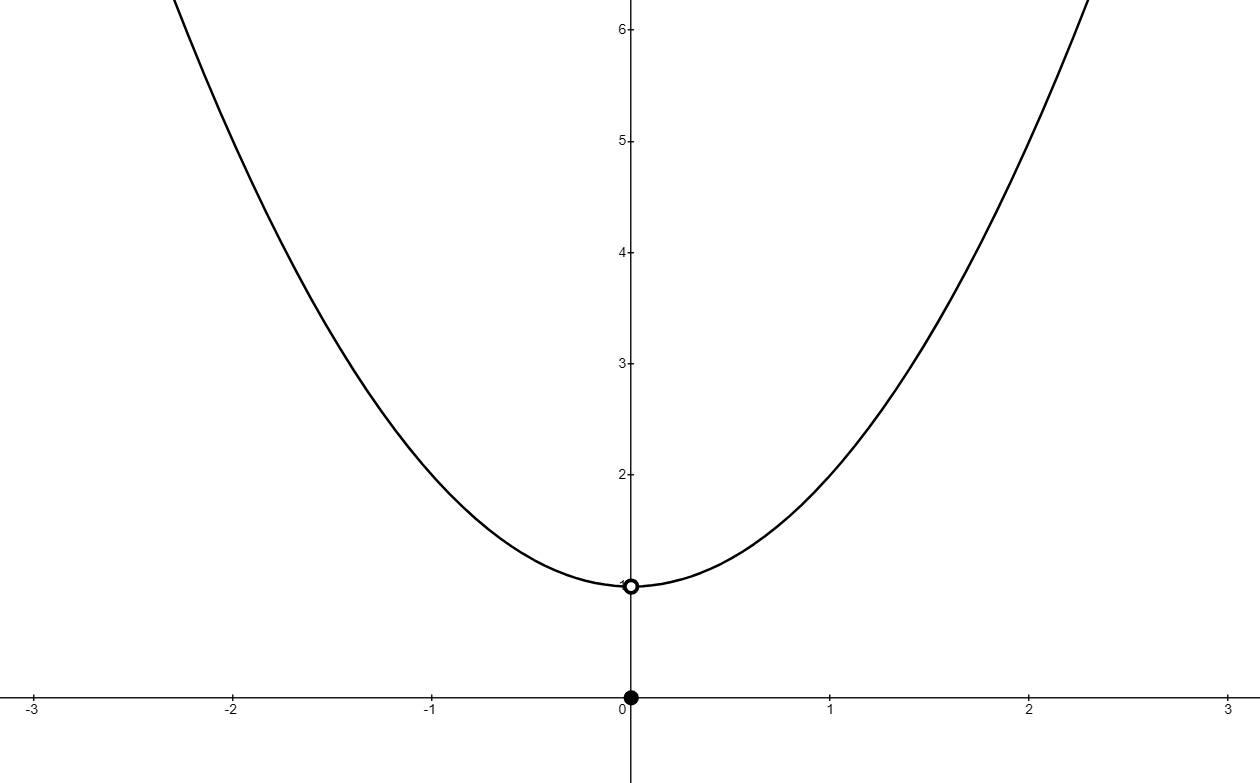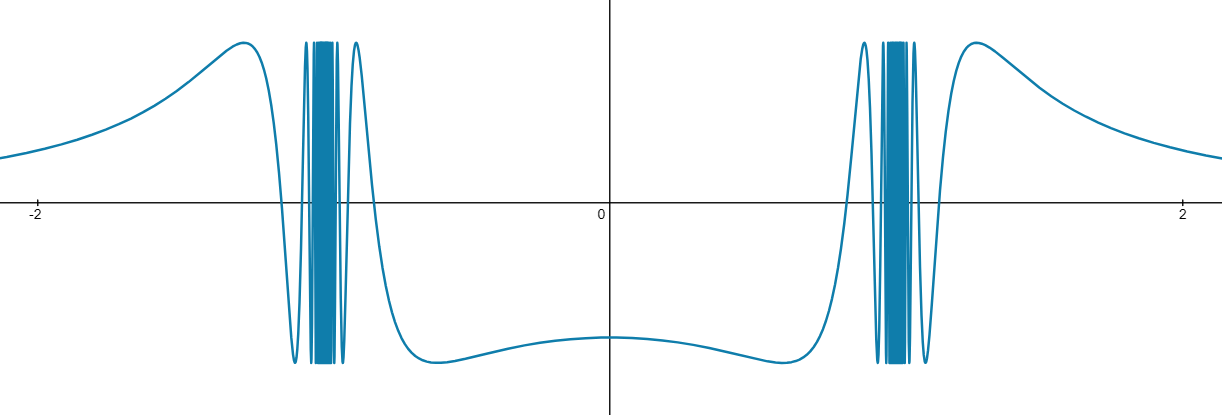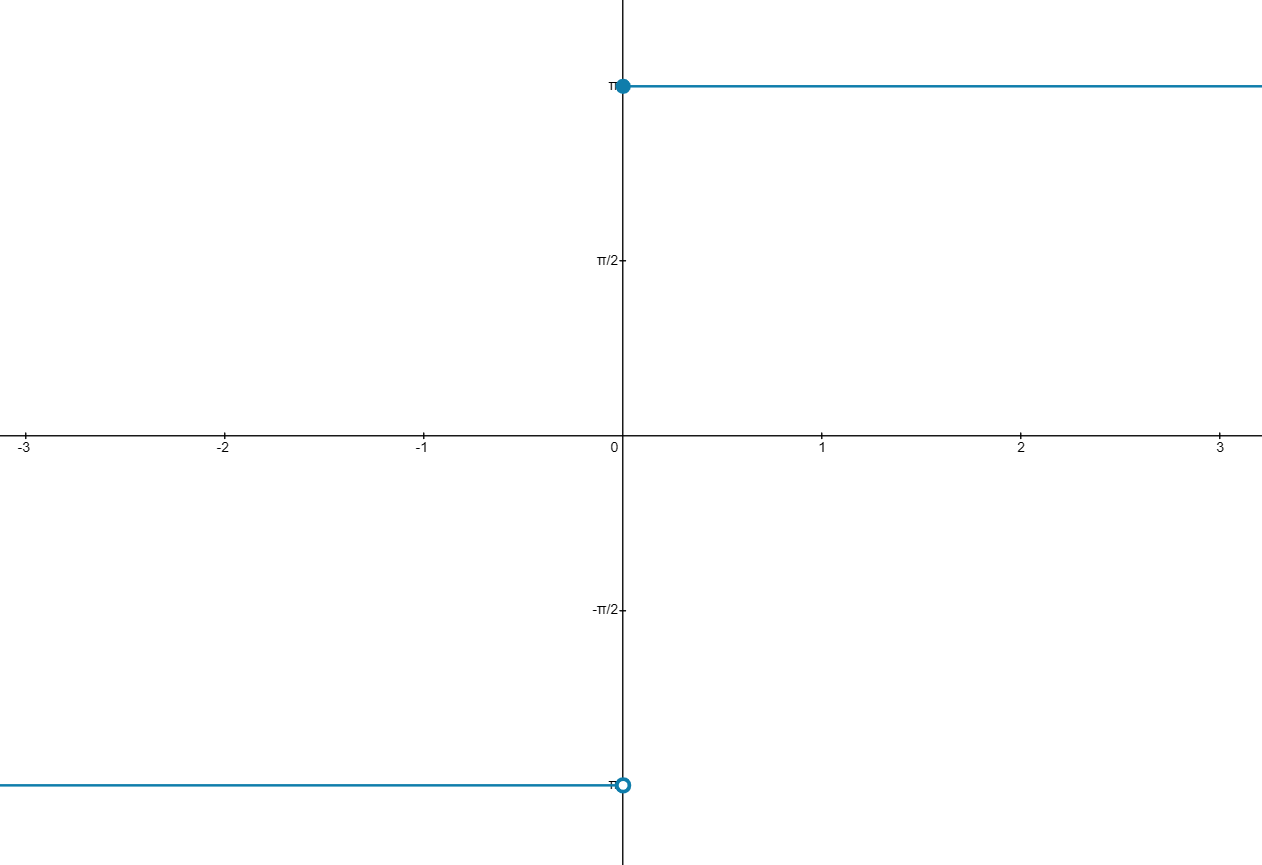Definition of a Limit (College Board AP® Calculus AB): Study Guide
What are limits in mathematics?
When we consider a limit in mathematics we look at the tendency of a mathematical process as it approaches, but never quite reaches, an ‘end point’ of some sort
Most of the key ideas in calculus rely on limits for their basic definitions
In this course you will be usually considering the limits of functions
A special limit notation is used to indicate this
For example
denotes ‘the limit of the function f as x goes to (or approaches) c’
I.e., what value (if any) f(x) gets closer and closer to as x takes on values closer and closer to c
If the limit exists, we write
(where
is a real number)
In that case the value of f(x) can be made as close as you want to R, by making x sufficiently close to (but not equal to) c
We are not concerned here with what value (if any) f(x) takes when x is equal to c
We only care about the behaviour of f(x) as x gets close to c
One-sided limit
What are one-sided limits?
A one-sided limit is only concerned with the value of the function as you approach a particular value of x from one side or the other
indicates the one-sided limit from the left (or from below)
It is the value that f(x) approaches as x gets closer and closer to c from the x<c side
indicates the one-sided limit from the right (or from above)
It is the value that f(x) approaches as x gets closer and closer to c from the x>c side
Worked Example
The figure below shows the graph of the function defined by
.

Find:
(a)
Answer:
This is simply the value of the function when
(b)
Answer:
This is the one-sided limit from the left
From the graph, or from considering the function algebraically, we can see that the value of the function gets closer and closer to 3 as gets close to 2 from the left
(c)
Answer:
This is the one-sided limit from the right
From the graph, or from considering the function algebraically, we can see that the value of the function is always equal to 4 as gets closer and closer to 2 from the right
Note that it doesn't matter what the value of the function is at
Two-sided limit
What are two-sided limits?
The two-sided limit (or simply the limit) of a function f at the value x=c is denoted by
To find a two-sided limit, consider the one-sided limits from the left and the right
If the two one-sided limits are equal, then that is the value of the two-sided limit
If the two one-sided limits are not equal, then the two-sided limit for that x value doesn't exist
Worked Example
The figure below shows the graph of the function defined by
.

Find:
(a)
Answer:
This is simply the value of the function when
(b)
Answer:
The limit does not care what the value at is; it only cares what happens as
gets close to zero
From the graph, or from considering the function algebraically, we can see that the value of the function gets closer and closer to 1 as gets close to zero
Nonexistent limits
When does the limit of a function at a point not exist?
For some functions, a limit might not exist for certain values of x
We say that the limit is nonexistent for such cases
There are three common ways that a limit may not exist at a point:
Case 1: The function is unbounded near the point in question
E.g., consider the function
defined by
does not exist because the function becomes unbounded as x approaches 0
It is unbounded in the positive direction as x approaches 0 from the right
And in the negative direction as x approaches 0 from the left
Case 2: The function oscillates near the point in question
E.g., consider the function
defined by
does not exist because the function oscillates as x approaches 0
The function is not unbounded near zero (its values are always between -1 and 1)
But it oscillates rapidly between -1 and 1 and never 'settles down' to a single value
Case 3: The one-sided limits are not equal at the point in question
E.g., consider the function
defined by
does not exist because the limit from the left does not equal the limit from the right at 0
but
It doesn't matter that
has a well-defined value!
Worked Example
Explain why each of the following limits is nonexistent:
(a)
Answer:
Note that when ,
The function is undefined at , but that isn't what makes the limit non-existent; rather it's the way the function starts to oscillate as
gets close to

As x gets close to -1, x2-1 gets close to zero. Therefore the function oscillates between -1 and 1 as x approaches -1, which means the limit does not exist.
(b)
Answer:
Remember what happens to the graph of as
gets near to
:

tanx becomes unbounded as x approaches π/2 from the left and right. Therefore the limit does not exist.
(c) , where
is the function defined by
Answer:
The graph of the function can show the problem with the limit here:

The limits from the left and right at x=0 are not equal, therefore the limit does not exist.

Unlock more, it's free!
Was this revision note helpful?